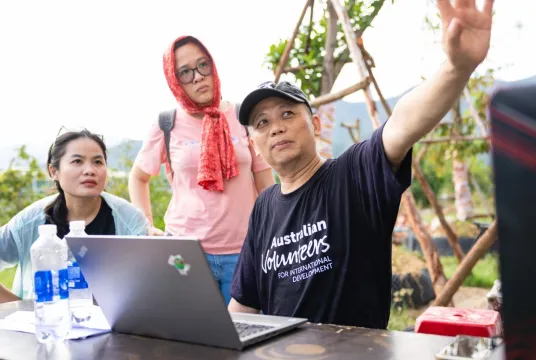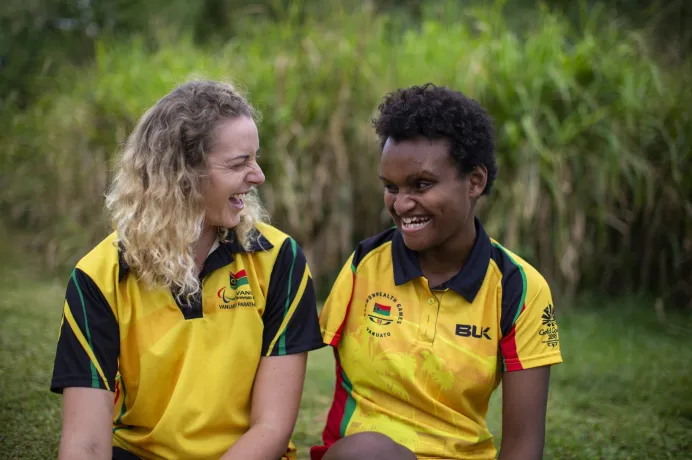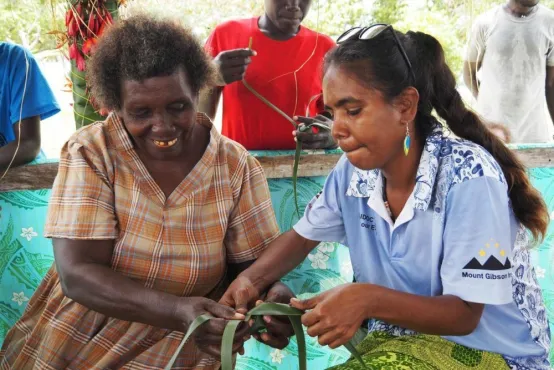Go to About the program
Stories
Discover how our partner organisations and volunteers are working together to make an impact across the Pacific, Asia and Africa.


Featured Story
Solomon Islands
Traditional knowledge shared across the Pacific
Four Indigenous Australian women working in conservation have shared their Traditional Knowledge and experience with women rangers and communities in Solomon Islands.
Read more